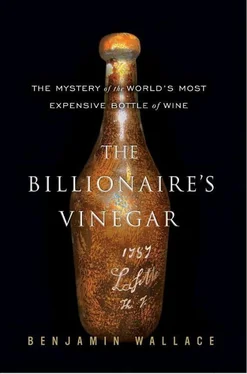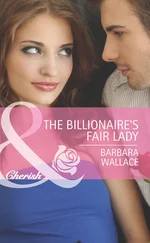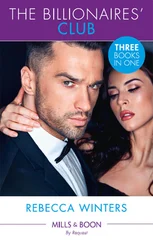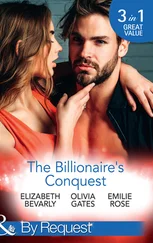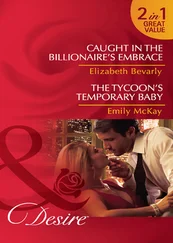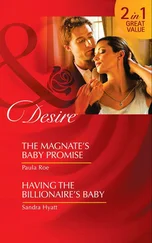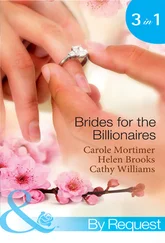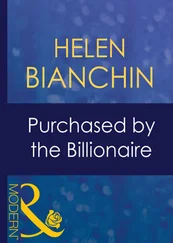EACH DAY WAS staged with German precision. The schedule featured a morning tasting, beginning at 10:00 a.m. sharp, followed by a light lunch (meaning just two courses, one red wine, and one white wine), with a heroic dinner in the evening. At the Sunday-night dinner that kicked off the event, a young Russian tenor sang opera arias. The final evening, small-trumpet virtuoso Otto Sauter performed Baroque pieces.
Rodenstock, on the defensive, had printed booklets for each guest, containing expert analyses of the wine and glass from other Jefferson bottles in the cache. After the corks had been drawn, ever so gently, Rodenstock put them on a silver tray and showed them around the room. The tasting proceeded without much controversy, though even Broadbent found the 1858 to have an odd vanilla character. “I don’t think this is right,” he said aloud. “Something is wrong.”
Rodenstock, for his part, said that the point of the mammoth vertical was to prove conclusively his long-voiced contention that pre-phylloxera wines were superior to post-phylloxera wines. Though this thesis dovetailed conveniently with the commercial niche of a man with a unique penchant for discovering pre-Phylloxera wines, Rodenstock claimed he had made a lot of money investing in stocks and didn’t need to sell wine to live. He said he was mostly retired from the wine business, and that he just wanted to win the pre-phylloxera debate. “I’ve said it before, and now nobody can challenge it,” he crowed, between drafts on one of his namesake Robustos. “Nobody can say Hardy Rodenstock doesn’t know what he’s talking about, and you’re all my witnesses.”
To make the limited quantities of the rarer vintages go further—forty of them dated from the nineteenth century—only nine glasses were poured from each bottle, three people sharing each glass. But each person still drank a daunting amount of wine. In addition to the 125 vintages of Yquem, Rodenstock served 130 other wines during the week. He upped the ante by threatening to eject anyone caught spitting; Broadbent and Wine Spectator ’s Per-Henrik Mansson took their chances, hiding spittoons in their laps. It was all a bit much for some. “[I]t is crazy, really,” commented Jancis Robinson, who split her glass of older wines with Georg Riedel and Angelo Gaja, “to be chewing over the relative merits of such extraordinary relics.”
Every night, near midnight, the Liu brothers (“Ping and Pong,” as Mario Scheuermann flippantly referred to them) would come down to the lobby with $5,000-per-kilo black tea, given them by their grandmother, which had been fermented in caves for over one hundred years. The brothers said a cup of the tea would prevent a hangover. The first night, everyone kind of laughed about it. The second night, they sipped at it. The third night, people were begging for it. “The tea was very good,” said a participant. “I have no idea whether it really helped.”
RODENSTOCK WAITED UNTIL Friday morning to serve the Jefferson bottles. That day, he wore a royal-blue dress shirt with a white collar, a striped tie with matching pocket square, a double-breasted navy suit, and large aviator-style eyeglasses. He and his wife sat at a small round table with soccer legend Franz Beckenbauer and his wife.
Beckenbauer was given the honor of opening the 1784. The wine was decanted through a metal funnel filter. Everyone wanted a look. Angelo Gaja peered intently at the engraving. Georg Riedel posed with it for photos.
Jancis Robinson tasted both Jefferson wines and was convinced they were old. “They were the deepest of deep browns with a slightly greenish rim. At first they smelled slightly moldy,” she recalled later, “but then the miracle of great old wine began to work, and the scent of the wines themselves came through. The 1784 had a gentle, distinctly feminine fragrance of roses, with a great persistence of flavor that reached a peak about fifteen minutes after the wines were poured. The more assertive, longer-lasting 1787 had chunkier, richer, distinctly autumnal aromas of burnt sugar and undergrowth.”
To Wine Spectator ’s Mansson, a correspondent based in Switzerland, the 1784 “tasted as if it were decades younger, perhaps from the mid-1800s,” while the 1787 “was clean but showed the passage of two centuries in its faded fruit flavors and a dry, tart finish.”
ONE OF THE lasting mysteries of the Jefferson bottles had been the exact number Rodenstock started out with. Though he told friends, at the time of the discovery, that there were twenty-four of the bottles, he had always been vague when speaking with journalists. The most exact he would get was to say there were “more than a dozen.” Even Michael Broadbent had been led to believe there were only “thirteen or fourteen bottles in all.” Friends explained this fuzziness away as a shrewd businessman’s tactic, saying it was easier to make something seem rare if one didn’t mention that there were twenty-three more where that came from. Skeptics saw the reticence as one more question mark around the bottles’ authenticity, countering that it was easier to indefinitely come up with new bottles if there wasn’t a record of how many there were to begin with.
At least one other Jefferson bottle had turned up, its origin unclear. In Jerusalem, a restaurateur named Moise Pe’er, who ran a place that was popular with politicians, boasted of owning a Jefferson Margaux from 1789, a year Rodenstock had never publicly claimed was represented in the cache.
In opening the two Jefferson bottles at this tasting, Rodenstock told some people that these were the last of his Jefferson Yquems, though he told Jancis Robinson he still had “one or two” left. The number of Jefferson bottles out on the market was anyone’s guess. Rodenstock claimed that he didn’t “know who exactly owns Jefferson bottles…. The journalists have written so much nonsense on the Jefferson bottles that I have crossed that subject off long ago.” Rodenstock had now opened four at his big tastings, “a couple of half bottles” privately, the Yquem at Yquem, and the Mouton at Mouton. He had traded another Yquem to Lur Saluces, a Lafite to Lloyd Flatt, and sold a Lafite 1784 and a Lafite 1787 to Frericks. In a late-1992 interview, he mentioned having just sold a 1787 Jefferson Yquem; he provided a half-bottle of 1787 Lafite for analysis in Zurich; and two years after that he provided the Zurich lab with a second bottle for analysis, a 1787 Yquem (the results were no more conclusive than the lab’s first test). Besides the three bottles sold by Christie’s (to Forbes, Shanken, and Shiblaq/Al-Fayed), and the five bottles sold by Farr (one to Sokolin, four to Koch), there were another two bottles (a 1784 and a 1787) in the collection of the Swiss wine merchant Badaracco. This amounted to twenty-five plus “one or two,” not including the bottle supposedly in Jerusalem. With more than two dozen bottles drunk, broken, sacrificed to science, or ensconced in collectors’ cellars, Rodenstock’s Jefferson saga seemed finally spent.
The subculture in which the bottles had flourished had also largely come to an end. Partly this was because there were fewer pre-phylloxera first growths around; 1864, 1865, and 1870 Lafites, to name just three, appeared only rarely in auction catalogs now. Many of the bottles simply didn’t exist anymore. Partly the change came about because of soaring prices; the people who could afford the rarities now tended to be rich status-seekers rather than wine obsessives. And partly the era ended because of the dispersal of Rodenstock’s generation of tasters. There was no way to improve on the Yquem marathon. “If ever you have a chance to taste like this, you are lost,” Scheuermann said. “You never will have a chance to come back to common taste.” Scheuermann and his friends had lived through a golden age that could not return.
Читать дальше
